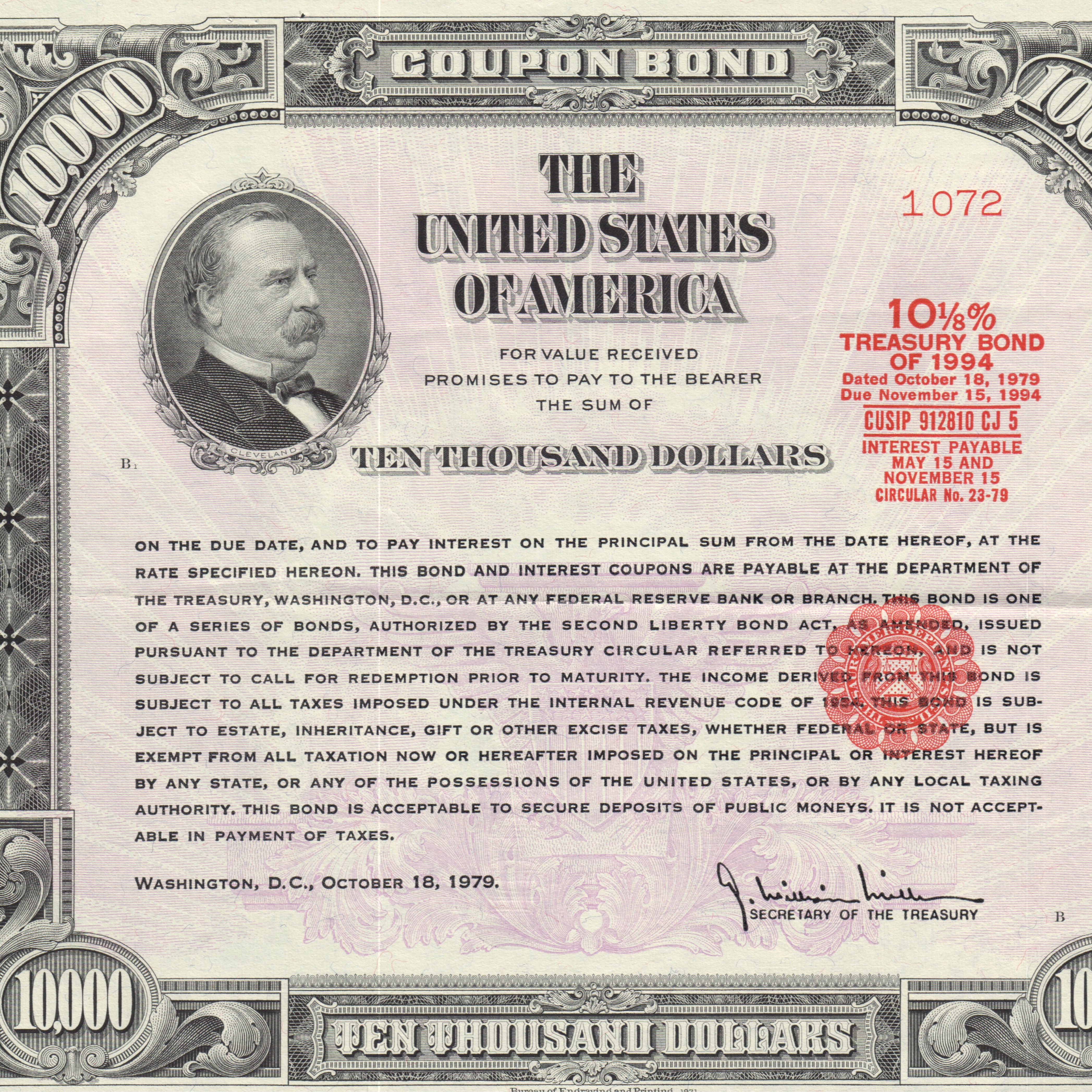Full faith and credit of the United States
The strange world of a potential default on U.S. Treasuries
Risk-free rate
In 1964, William F. Sharpe introduced a theory of capital asset pricing[1], commonly referred as Capital Asset Pricing Model (CAPM). Today, CAPM is the foundation for modern financial asset price theory[2]. For his work, Professor Sharpe of Stanford University received the 1990 Nobel Prize in Economics for his foundational contribution to financial economics[3].
The CAPM assumes the existence of a type of riskless asset. If an investor invests in a riskless asset, the investor is guaranteed to receive a rate of return, called the risk-free rate.
This risk-free rate is a key input in the pricing of near all types of financial assets, including stocks, debt, options, and real estate. A fundamental assumption in valuations, the cost of capital is calculated from an assumed risk-free rate.
While choosing the best risk-free rate is quite literally an academic exercise[4]. The global financial system, for the most part, uses U.S. treasury yields[5] as proxies for the risk-free rate.
The global financial system assumes U.S. treasury debt is a type of riskless asset. In financial lingo, U.S. treasuries have zero credit risk. The investor assumes they will always receive their money on time:
- Risk of U.S. treasuries defaulting = 0
So, what if risk > 0?
The United States federal government has never defaulted on its debt. Such an event has never been observed by the world. It will be unprecedented.
Since January 19, 2023, the United States federal government had been unable to issue more debt beyond its $31.381 trillion statutory limit[6]. As a result, the Department of Treasury projects that the federal government will run out of money on June 1, 2023[7]. If the debt limit is not raised by then, the United States will default on its debt.
The frightening reality is simple. The world likely will still refer to U.S. treasuries as the predominant proxy for riskless assets.
As a result, if the U.S. defaults on its debt, it is quite likely that investors will buy more U.S. treasuries.
Why? In a world of risky assets, U.S. treasuries will remain the safest type of asset, despite of a default. In financial uncertainty, asset managers will run to safe assets, which ironically will be U.S. treasuries[8].
Will markets function?
Beyond the heavy financial pricing theory talk, if the U.S government defaults, there are simple questions that are fundamental to the largest and most liquid capital market in the world: the market for U.S. treasuries.
- Will investors get advance notice of a certain delay in payment? Will it be 1-day or more?
- When may payments resume? Will the Treasury Department provide compensation for defaulted Treasuries?
- Will the Federal Reserve accept defaulted Treasuries as collateral?
- Will other banks and parties continue to accept defaulted Treasuries as collateral?
- Which types of Treasuries will default first?
- Are defaulted Treasuries transferable?
- Will money market funds be forced to sell Treasuries in an event of a default?
While some banks[9] seem to offer answers to its clients on these questions, it is my hope that we never have to find out whether their answers were correct.
In 2015, the Swiss National Bank suddenly stopped pegging the Swiss franc (CFC) to the Euro (EUR).
Some computers at trading firms continued to assume:
- 1 CFC = 1 EUR.
Calamity ensued, instantly bankrupting firms due to lack of funds and/or liquidity[10].
Let us hope the Congress decides to pay its debts, and we do not have to find out how many computers hard coded:
- Risk of U.S. treasuries defaulting = 0
[1] https://doi.org/10.1111/j.1540-6261.1964.tb02865.x
[2] This is not to say CAPM is completely accurate. Notably, in 1993, Fama and French from the University of Chicago identified other factors that should be considered besides the risk of the market portfolio. https://doi.org/10.1016/0304-405X(93)90023-5
[3] https://www.nobelprize.org/prizes/economic-sciences/1990/press-release/
[4] You can peruse Google Scholar for the mountain of work debating the best risk-free rate in every circumstance.
[6] https://home.treasury.gov/system/files/136/Debt-Limit-Letter-to-Congress-20230119-McCarthy.pdf
[8] Not just my word, the word of a survey of asset managers conducted by JPMorgan Chase, as part of “Q&A on a US Treasury Technical Default” (May 19, 2023, JPMorgan Chase Fixed Income). Excerpt can be found on https://www.ft.com/content/e4639f71-b69f-4d99-867d-dffd1733779d
[9] https://www.bloomberg.com/opinion/articles/2023-05-23/can-markets-handle-the-debt-ceiling
[10] https://www.wsj.com/articles/snb-shocks-bankers-and-markets-1421342951

